You can help our conservation efforts by making a tax-deductible donation to Utah’s Hogle Zoo.
Utah's Hogle Zoo
Conserving the African Lion

Species' Stats
- Current population in the wild: 35,000
- Population Status: Vulnerable
- Located in: Sub-Saharan Africa
- Animal Type: Mammal
Why they Need our Help
African lions inhabit 26 nations across sub-Saharan Africa.
There are an estimated 23,000-39,000 mature African lions in the wild today and were first added to the IUCN Red List as a vulnerable species in 1969. This is still its classification today.
African lion population declines are due to habitat loss from expanding urban areas, lack of prey species, illegal poaching, and human-wildlife conflicts.
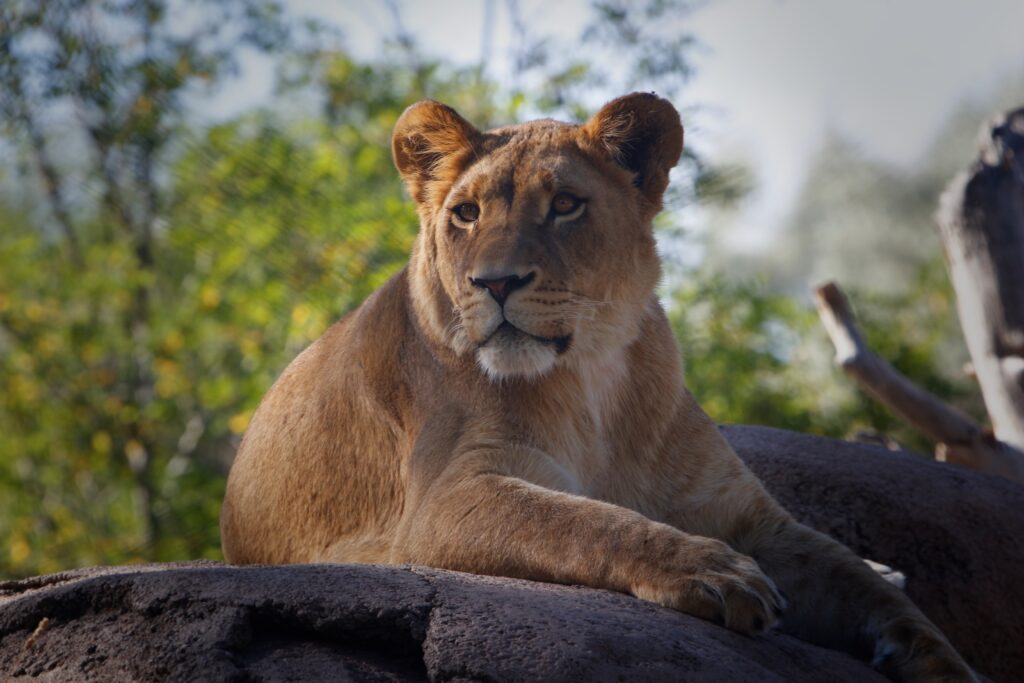

The Niassa Carnivore Project
Utah’s Hogle Zoo partners with Niassa Carnivore Project (NCP) in Mozambique to conserve African lions through monitoring and community partnerships. The NCP works to conserve lions, other large carnivores, and elephants within the Niassa National Reserve. Niassa is the largest wildlife reserve in Mozambique at more than 16,000 square miles (roughly the size of Denmark), and is home to an estimated 800-1000 African lions.
The reserve is also home to an estimated 60,000 people across 40 villages. Attitudes towards local wildlife have often been that of food or threat. With few economic opportunities, snaring for bushmeat and trapping for the wildlife trade have been common as a source of income for the villages. This, along with local hardships of war, have had devastating effects on local wildlife.
Niassa Carnivore Project implement training and education programs focused on creating different economic livelihoods that reduce human animal conflict and increase awareness of lions and other carnivores.
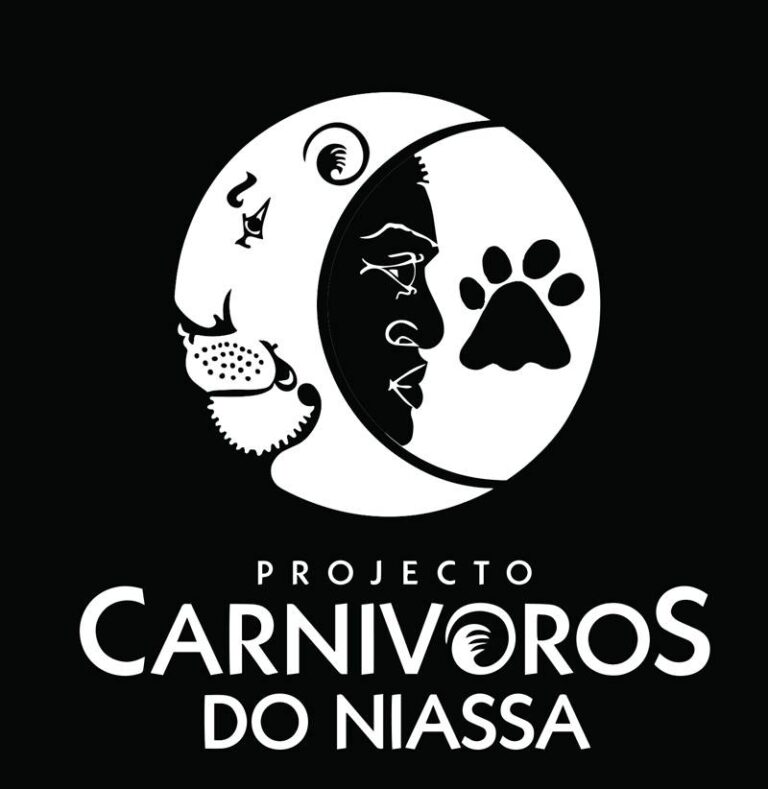
Food Security
To address food insecurity, the Niassa Carnivore Project has been working with the Farmer Field School to improve the productivity of Niassa’s historically poor soil. This program encourages conservation-focused agriculture through low tillage, mixed cropping, and mulching. NCP also works with the community to enable villagers to keep bees and raise livestock. At the Mariri Environmental Education Center, various fruit and vegetable growing techniques are created and shared with the local villagers. Through our partnership, Utah’s Hogle Zoo was able to fund a solar water pump.
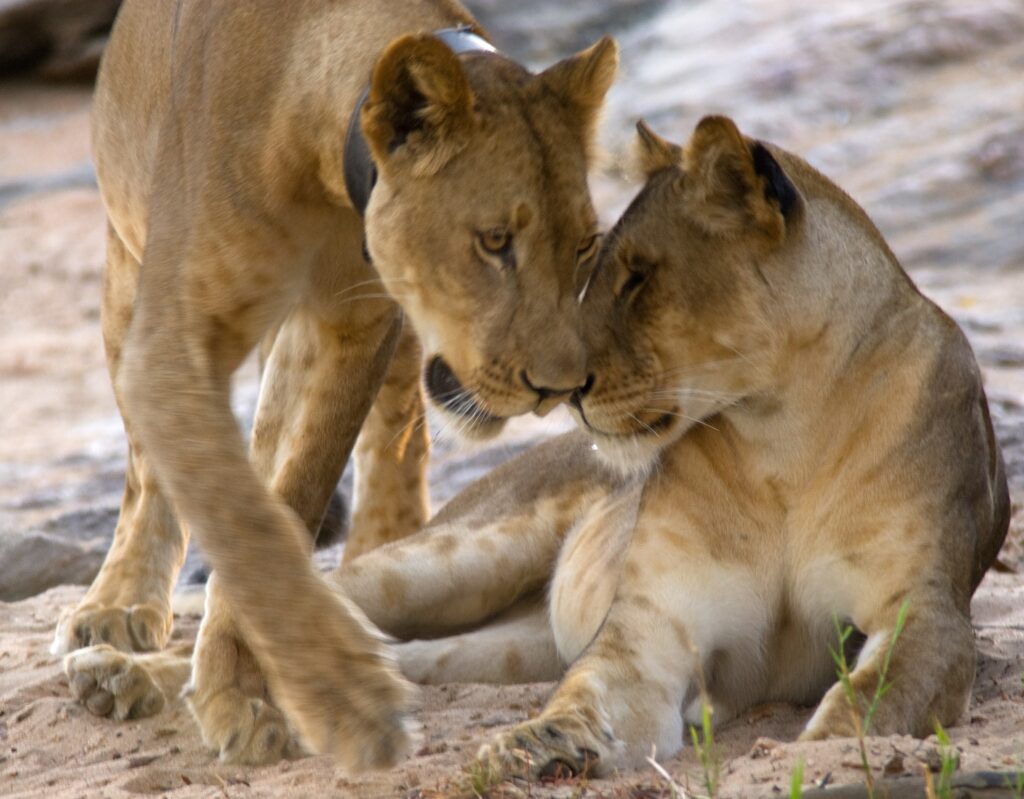
Grupo Kushirika
Grupo Kushirika is a group focused on the creation of handmade crafts that Niassa locals can sell for income. This program centers on the development of new skills and the preservation of traditional skills for future generations. Members of Grupo Kushirika have committed to not participating in wildlife snaring and other illegal activities.
Utah’s Hogle Zoo supports this program by selling Kushirika items at fundraising auctions and in our gift shop. Items include embroidered cushion covers, bags, throws, baskets, flip-flops, animals, and jewelry.
Mpopo Trail Camp
The Mpopo trail camp, located on the Lungenda River, was created to generate sustainable employment and income for Mbamba villagers. At the trail camp, many aspects of NCP’s alternative livelihood programs come together. The project is staffed by local villagers, food is served from agricultural programs, and visitors are encouraged to purchase art made by Grupo Kushirika. In addition to supporting conservation indirectly through NCP programs, Mpopo trail camp also donates 20% of visitor booking fees towards conservation directly.
Utah’s Hogle Zoo is fortunate enough to lead multiple eco-tourism trips to Mpopo. There, participants are able to watch hippos wallowing in the river, catch Taita falcons hunting from the balcony, and enjoy a night under the brightest stars.
MOMS Lion Monitoring
In 2006, NCP created the MOMS Community Wildlife Program, a group composed of wildlife “guardians” chosen to monitor hunting activities in the park, mitigate human-wildlife conflict, and survey species of interest. The program also teaches villagers about conflict reduction, safe behaviors, and animal conservation. Today, there are 45 Wildlife Guardians across 90% of the Reserve.
In addition to guardians, NCP supports 108 anti-poaching scouts. These scouts work to protect lions across 16 prides. In 2017, Utah’s Hogle Zoo donated a lion-monitoring vehicle to their cause.
Currently, the NCP is working with four villages to monitor lions and other wildlife through remote cameras. This program allows communities to earn “points” for images of any species of interest that they collect on their cameras. Points can be converted into goods for the community like maize, oil, and other foods. As of May 2020, this program had distributed $15,000 USD and was working to double the number of villages it serves.
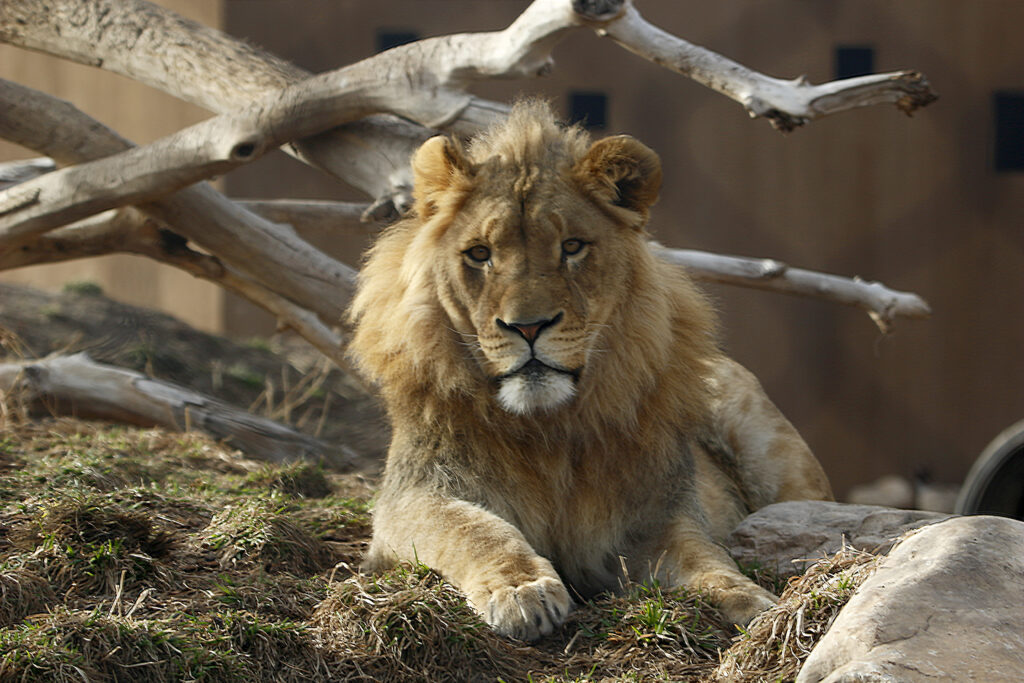
Community Education
Mariri Environmental Centre
The Mariri Environmental Centere is a training center with three important facets: bush visits, skill development workshops, and conservation training. The center houses much of NCP’s community work, reaching more than 100 students and teachers each year! To support their work, Utah’s Hogle Zoo donated a selection of tablets to be used by students at the centre.
Lion Fun Days
The first Lion Fun Days Festival was held in Mbamba Village in 2009. Since then, the two-day festival in November has become an annual tradition. Lion Fun Days aims to spread important messages about conservation, wildlife safety practices, and the significance of all animals. Education staff at the zoo have implemented this information into fun festival activities and crafts for children and adults.
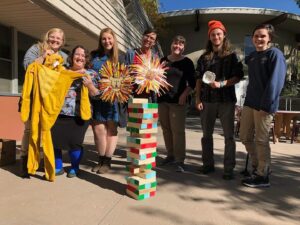
Lion Scholars
In Niassa, very few children attend secondary school with most dropping out between the ages of 9 and 11. To remedy this, the NCP started their Lion Scholarship Program in 2013 with just three students from Mbamba Village. In 2022, all three lion scholars had graduated secondary school and gone on to pursue further education and employment. Today, the Lion Scholarship Program has grown to reach more than 70 students in 10 different villages. Utah’s Hogle Zoo is a proud supporter of this program and the scholars it funds.